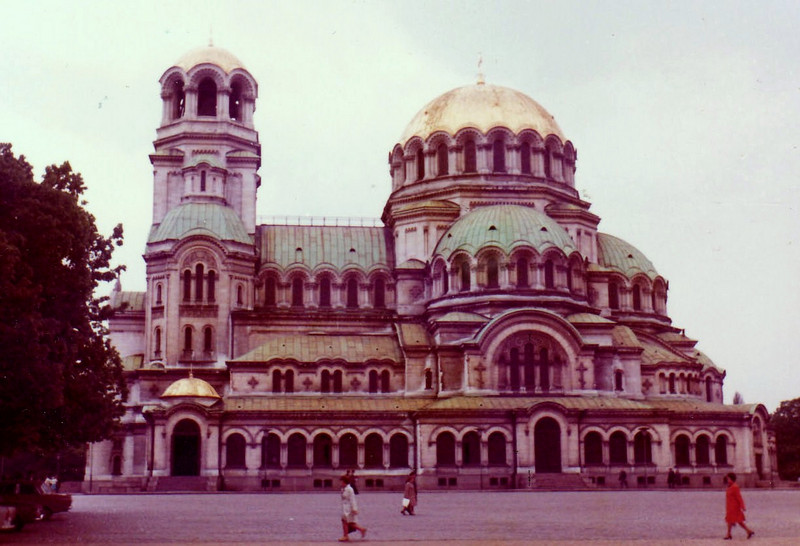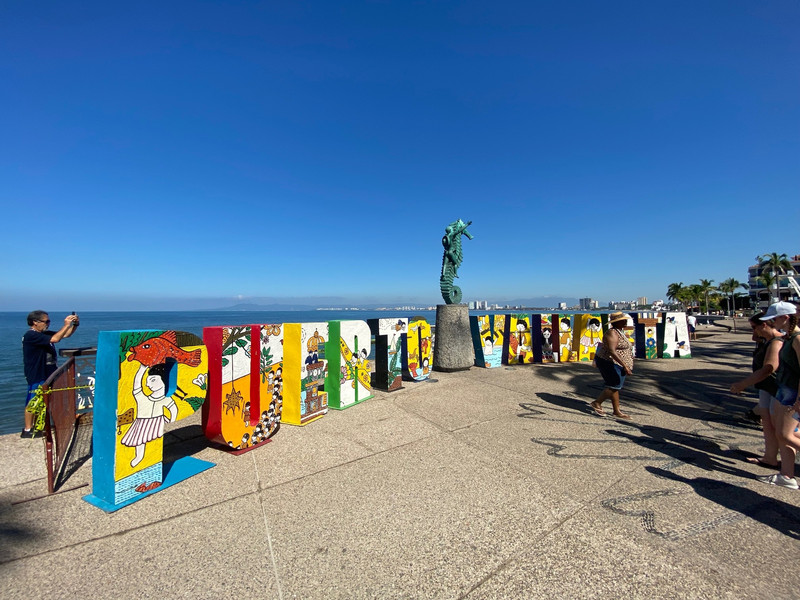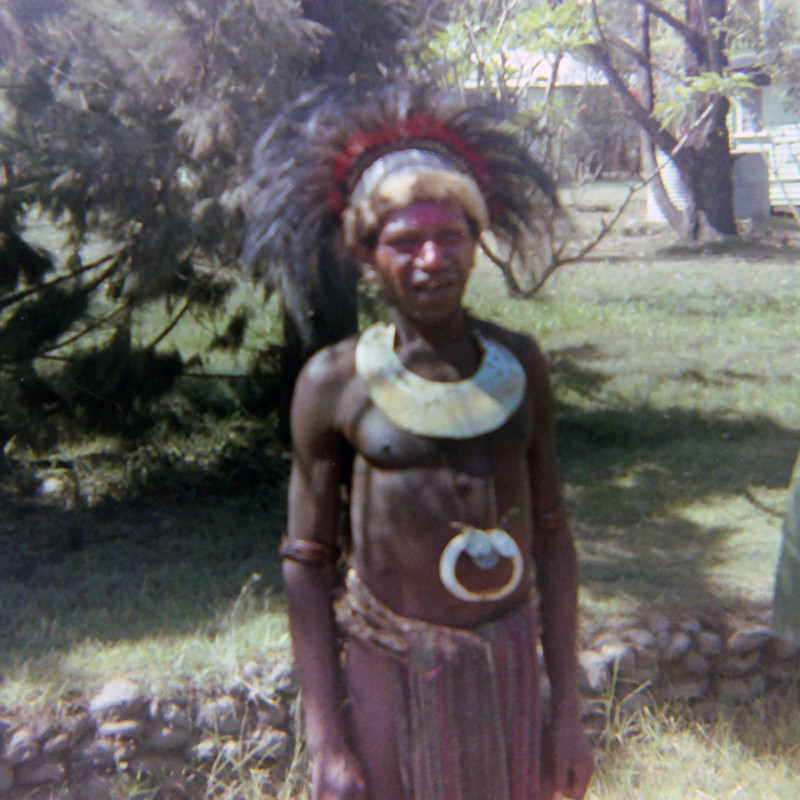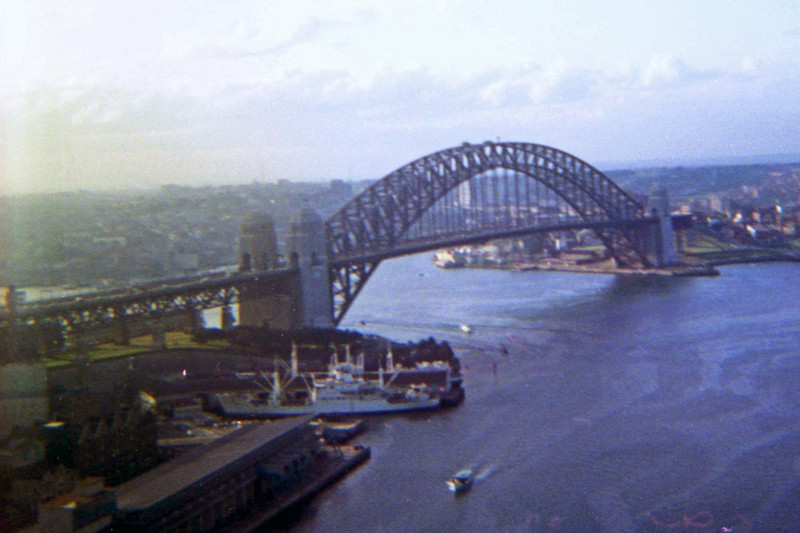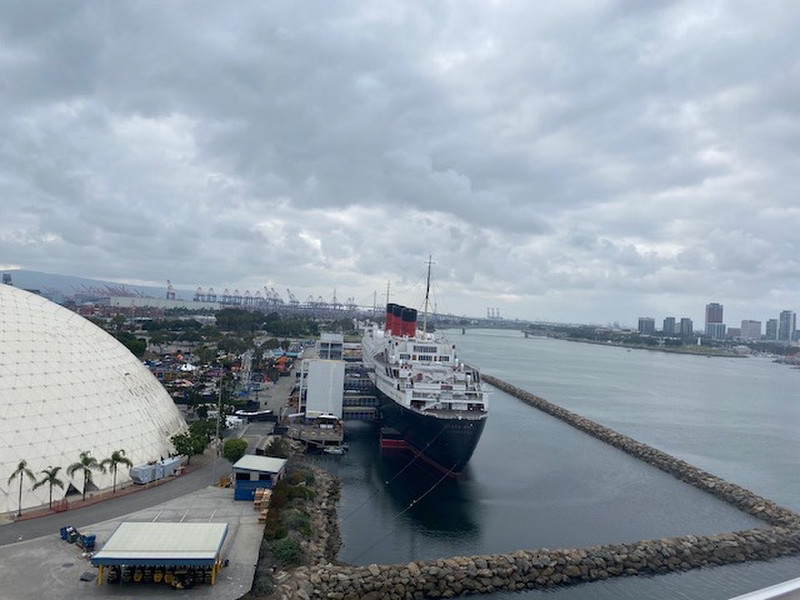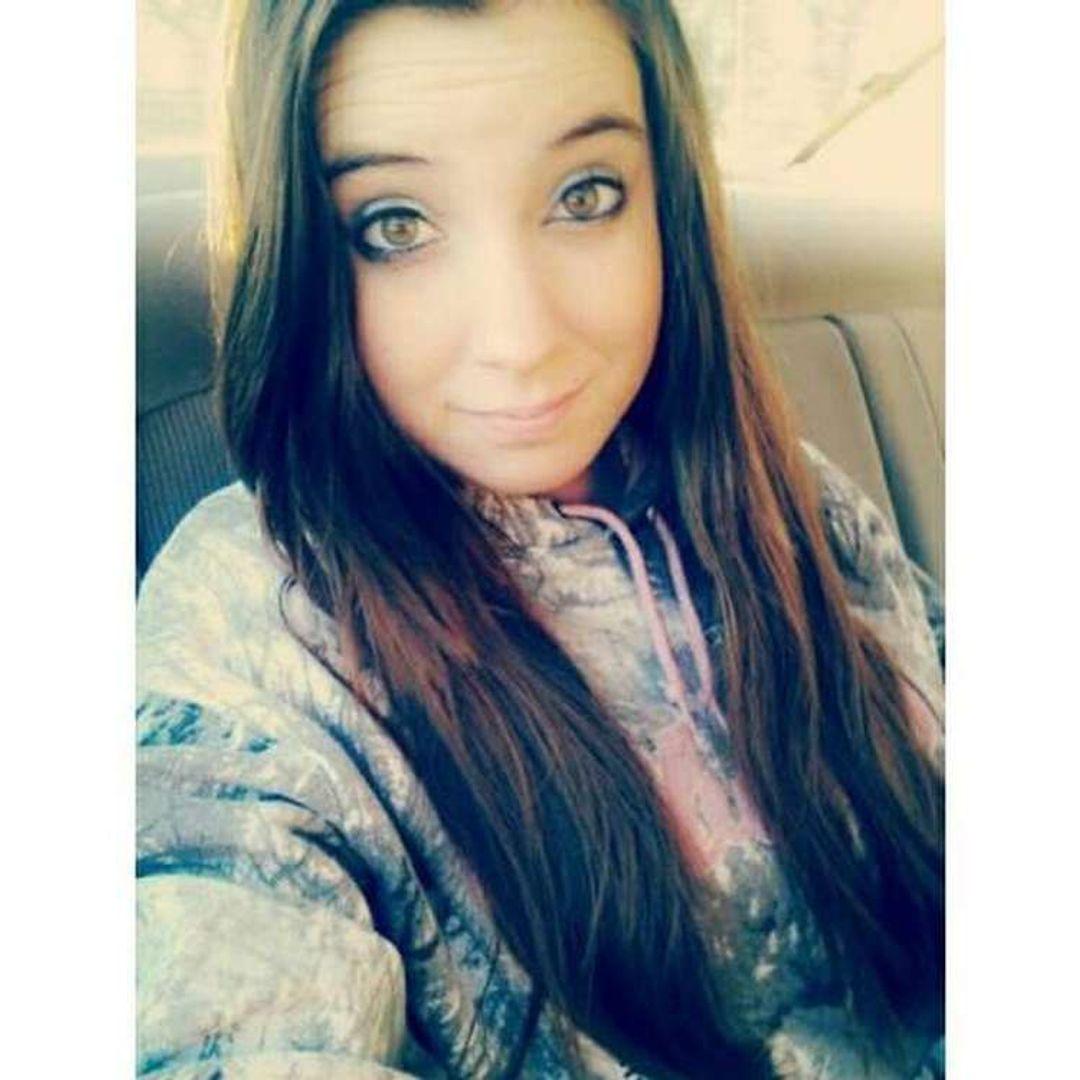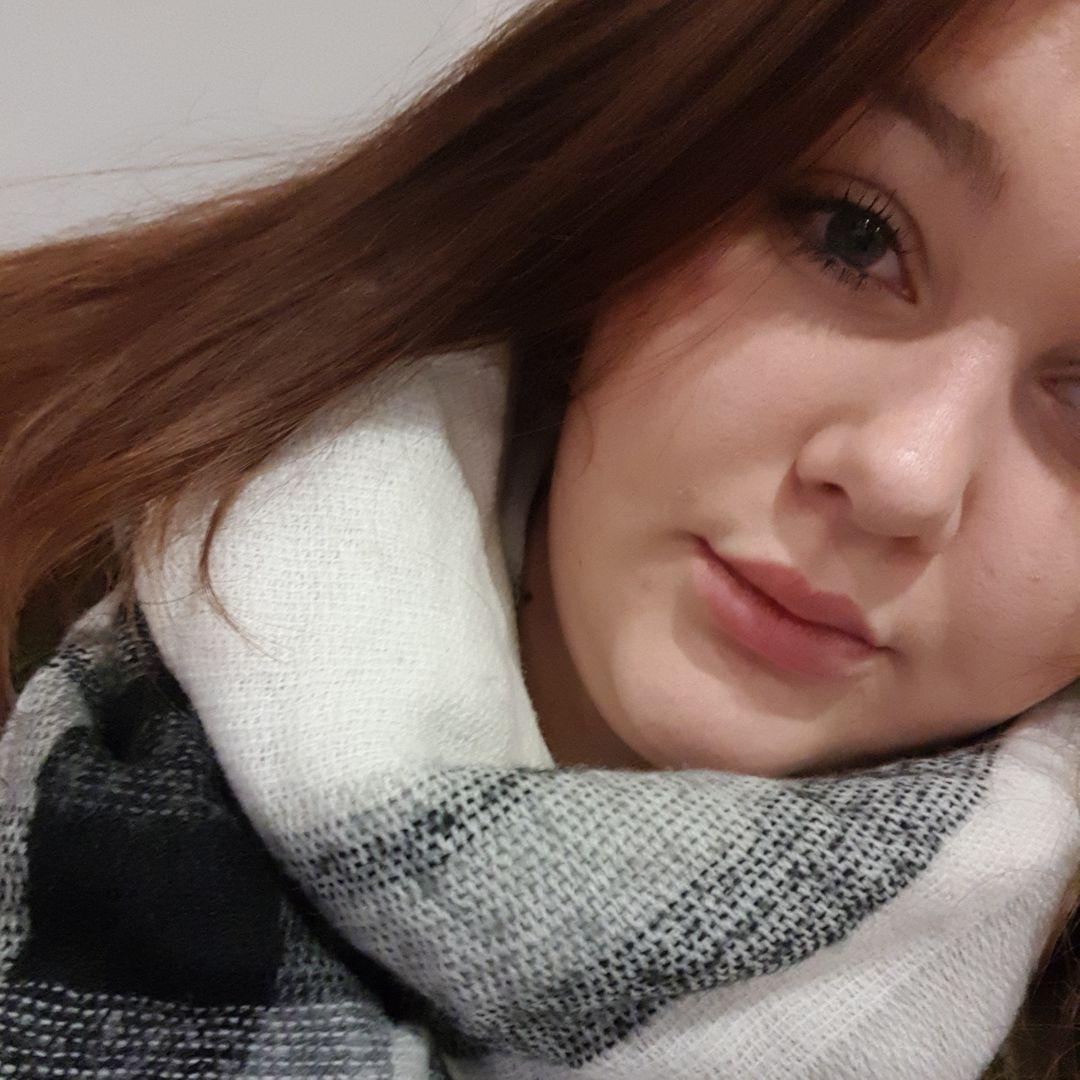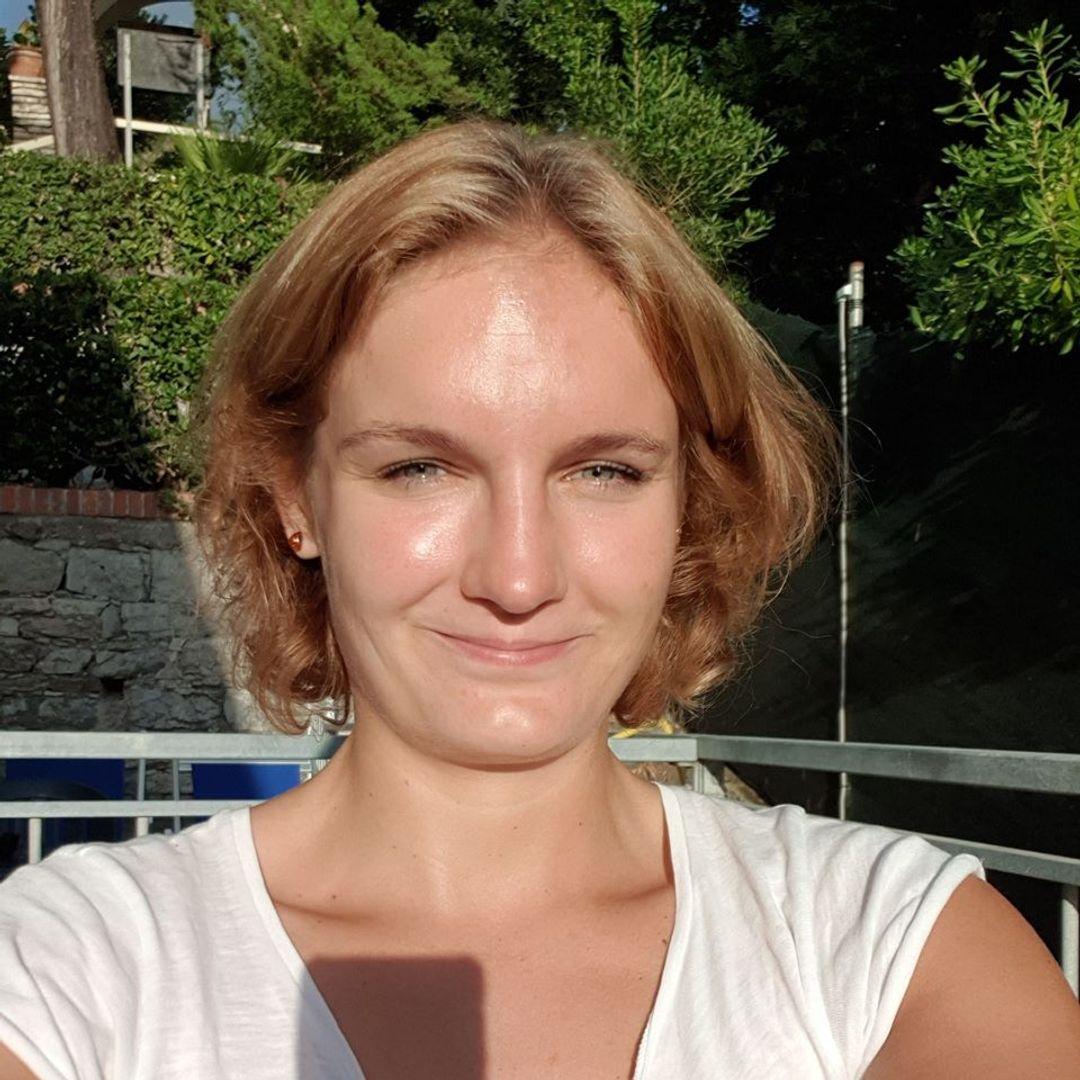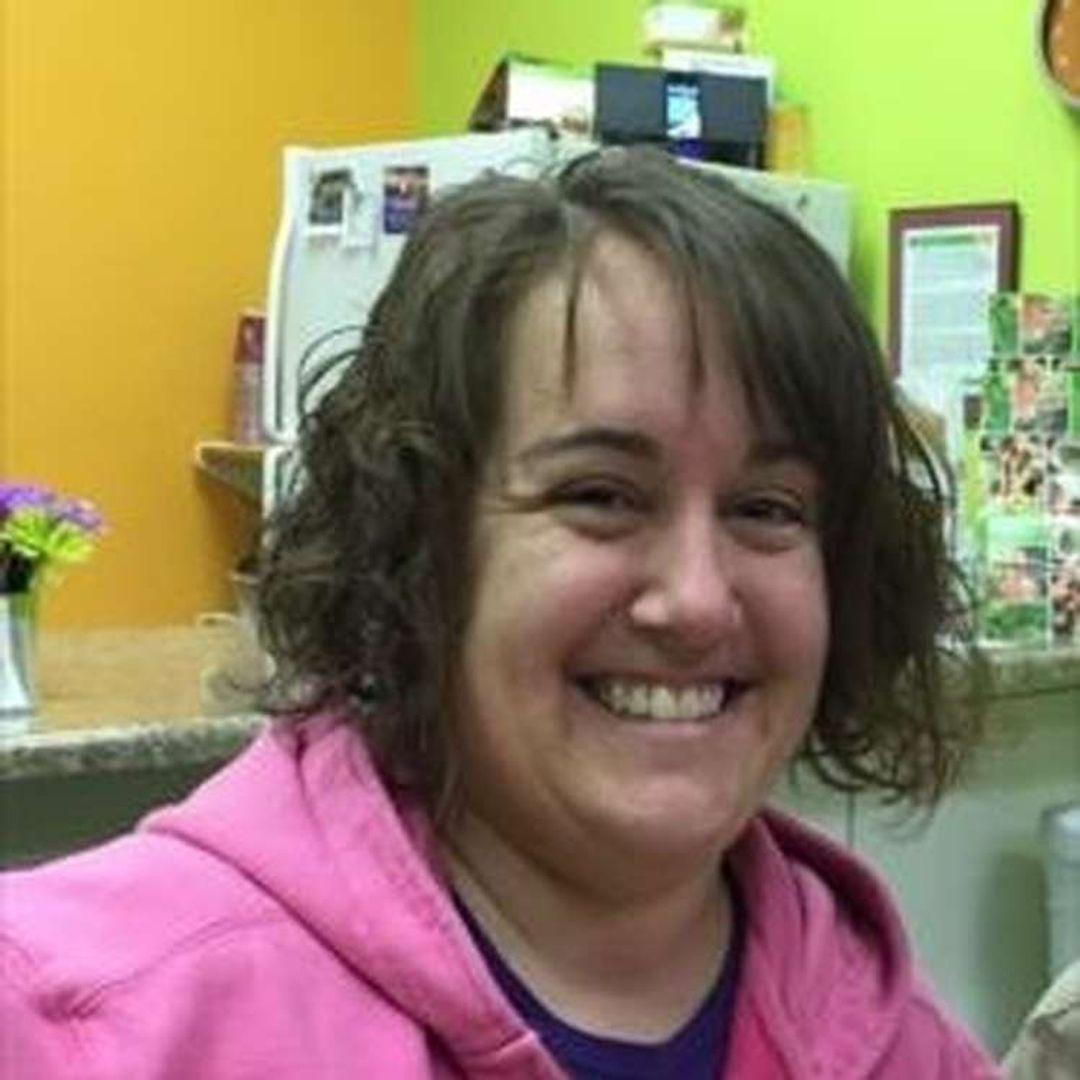We had virtual rain all the way from Platamon to the border, which we reached at around 1.30pm. We had no real hassles on either side of the border except that changing money into Bulgarian leva took more than an hour. There was no time change, and nothing special to report at our first Communist border, except the pure excitement of my first ever visit behind the ‘Iron Curtain, something Id been looking forward to for years.
The weather cleared for a while, and we got a good view of the Bulgarian countryside. It was very geared towards collective farming, with up to 100 people working in some fields. There was great variety in the size and shape of the trees, flowers and blossoms, with quaint houses made of stone with tiled rooves hidden amongst the trees. The main industry in this region was clearly primary, with a notable lack of any factories or other industry. The people looked to be very much of a peasant mould, similar to those in the early days of Turkey.
We stayed our first night there at Camping Vrana, several kilometres out of the capital, Sofia. A shower of rain late
in the day prevented us from having a look around, and we couldnt with a cleanup in camp as there were no showers and very mediocre facilities. We had a good meal at the campsite restaurant however, followed by an early night since there was nothing else to do.
After raining most of the night, it cleared up for our Sofia city tour. We spent around 6 hours in all in the city, checking out Georgi Dimitrovs Mauseleum, Alexander Nevsky Memorial Church, Clement of Ohrid University, Sveta Nedelya Church, and several monuments, including Lenins, the Russian and the Soviet Army, and the Monument of the Liberators. Nothing like trying to get in some early
The clothing of the locals is far from trendy, but more colourful and better cut than I had anticipated. Notable sights taken in during our travels were a lot of female street cleaners, huge apartment blocks along the city outskirts, double buses and trams, paved streets, street photographers, glum faces on the people, motor bike side cars, car covers, and incredible queues at food shops, with people sometimes having to wait up to an hour. As the guidebook summarised it
– lots of people, parks, trees and monuments. It was a public holiday that day and we even saw a vintage car rally cum festival in progress.
We returned home to camp to receive an invitation to the ballet from Bruce, clearly one of our more cultured fellow travellers. We saw a performance of Prokofievs Daughter of Kaloryana at the Sofia State Opera House, put on by the Narodna Opera Company. While ballet is not necessary my greatest love, it was an interesting night, with further attractions being a chicken meal at a street stall, an extremely impressive flag waving display by some 500 girls outside the Mauseleum, and the hassles of getting a taxi home at the ridiculously late hour of 10 oclock.
We got away from the campsite early next day in fine weather at 7am. We travelled some 340kms to the border through countryside similar to the previous run into almost exclusively flat, intensive collective farming. There were no hassles with the exit from the Bulgarian side, and ‘no mans land was in fact a trip over the Danube (which was
far from blue!) over a bridge that they claimed was the longest in Europe. We werent so fortunate on the Romanian side, where a lack of visas for some, plus an intensive check for dope by a couple of frisky Alsatians held us up for some 90 minutes. This was furthered hindered difficulties and super surly customs people, something we were advised we better get used to in the Communist countries.
It took us just over an hour to finally reach Bucharest, which looked quite a large city. The first thing we noticed was the return to the Latin script, so at least we were better able to navigate our way around here.
